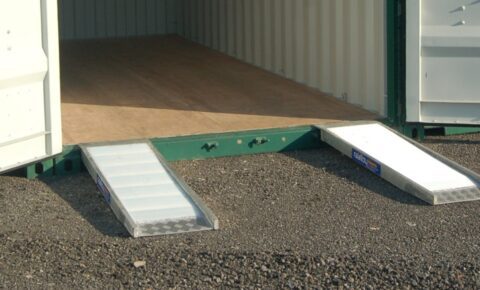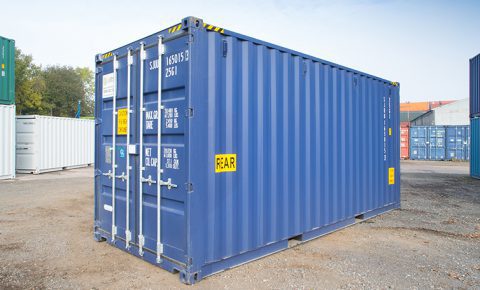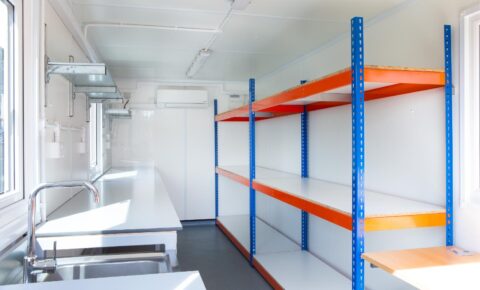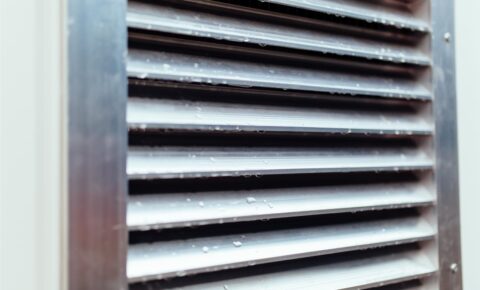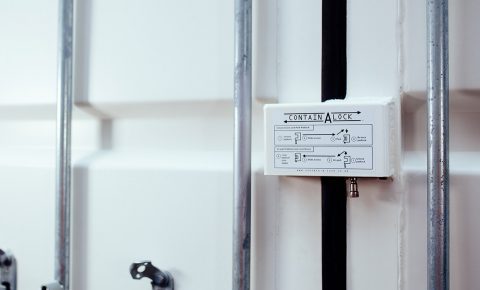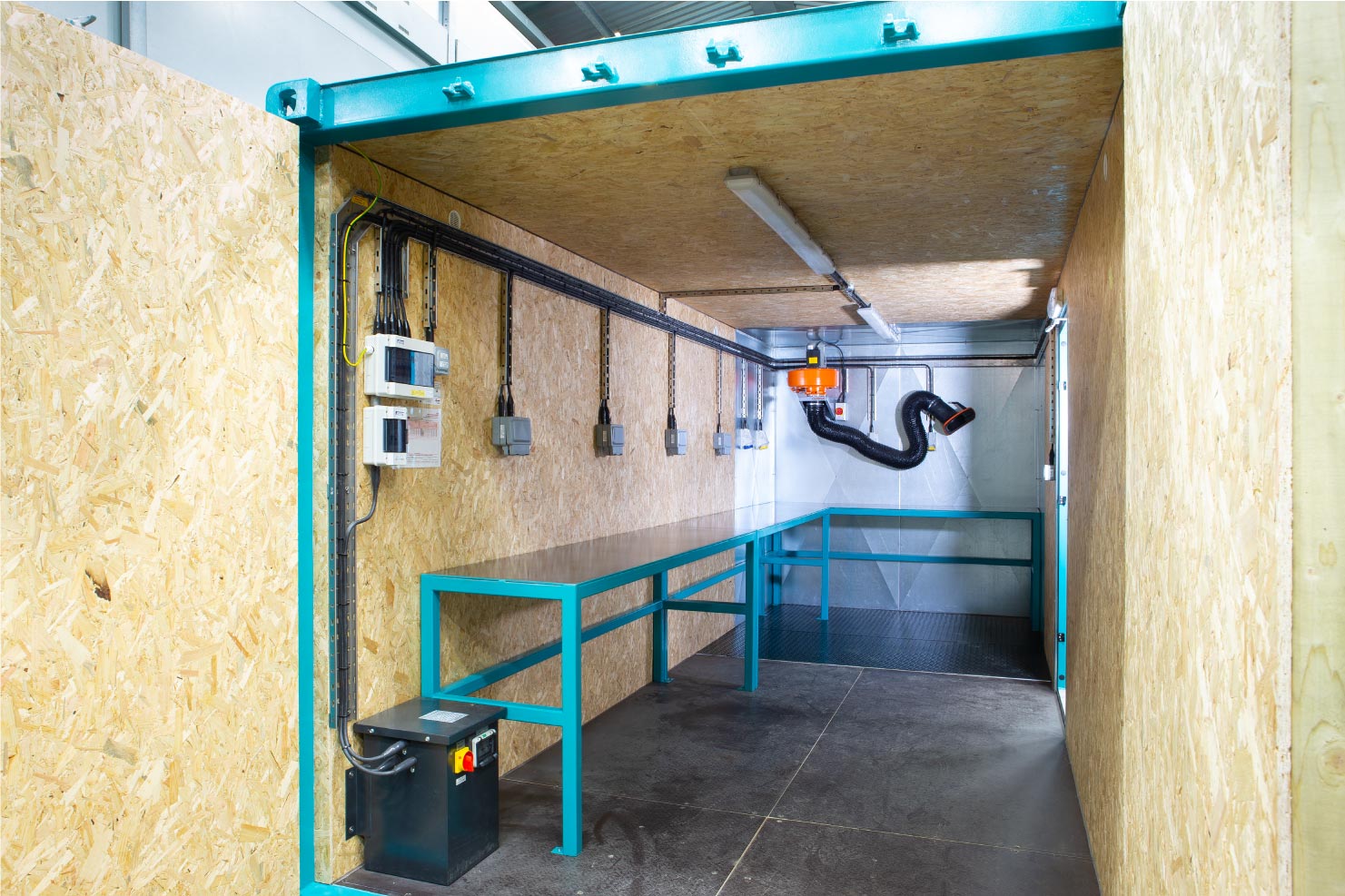
Minimise Condensation and Control Temperature With Container Lining
Shipping container lining provides an ideal base for fixing shelves and objects to corrugated container walls, it also helps to prevent moisture and condensation and assists in container temperature control by preventing the container from getting very cold in the winter and very hot in the summer.
We also line the internal container doors giving you total protection.
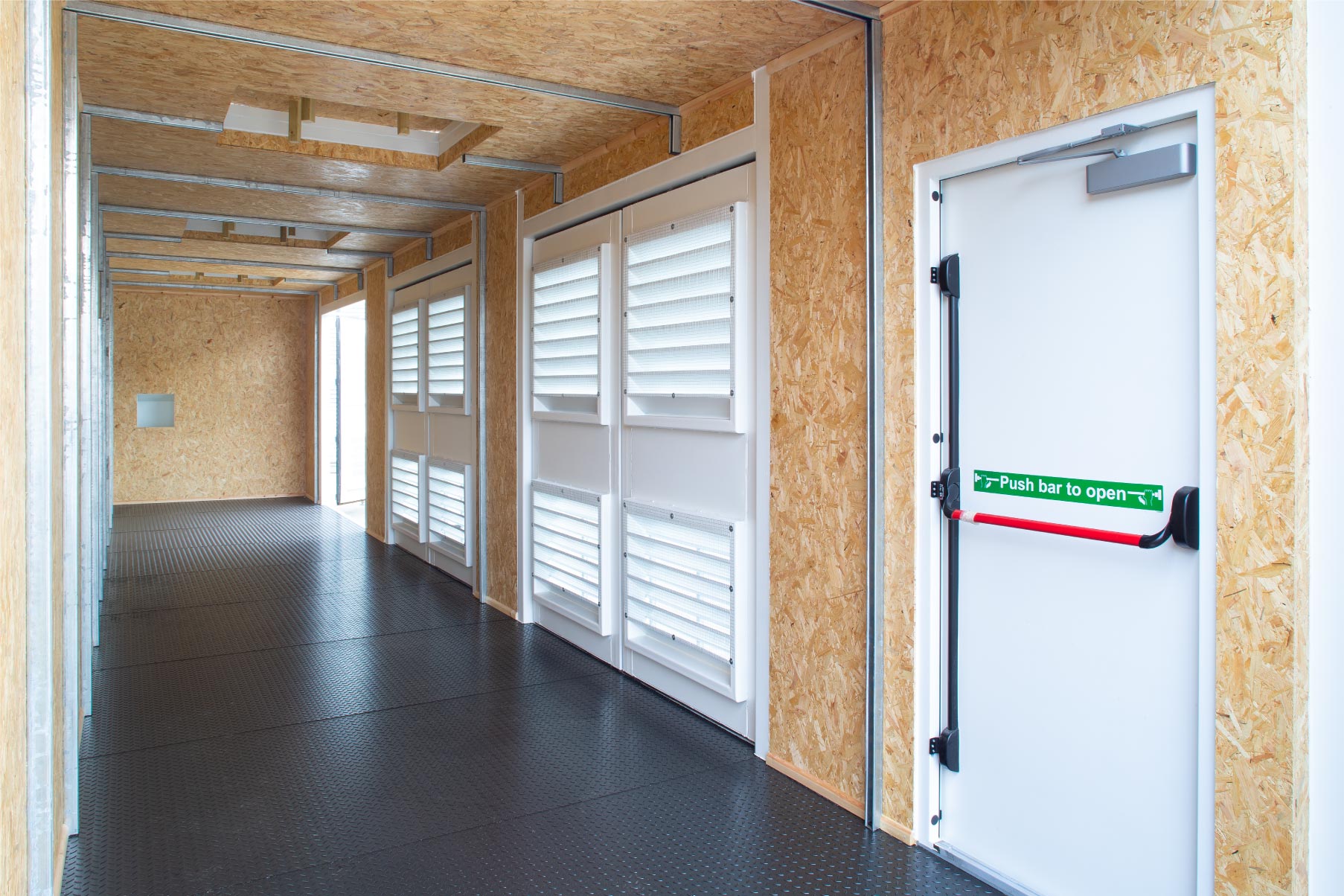
We are now using OSB boards to line out our containers. OSB consists of resin bonded sheets made up of small thin strands of wood.
It has good dimensional stability, with no knots or voids in the structure.
We use 11mm thick OSB/3 boards for maximum strength, and conditioned for use in humid environments.
We can talk you through all of our lining options, just ask!
- Helps to prevent condensation
- Helps to control internal temperature/reduce temperature swings
- Reduced noise
- OSB boards are very strong with no knots or voids
Benefits and Uses
- Perfect to fix items such as shelves onto the inside of the container
- Perfect for general storage
- Fitted prior to delivery
Technical Information:
- Professional finish
- 11mm thick OSB/3 boards used for maximum strength
Explore Our Range of Shipping Container Parts & Accessories
What Our Customers Say
Some of our valued customers
Get a Quote
Interested in our containers or modular buildings? Please fill out the form, and a member of our team will be in touch shortly.

